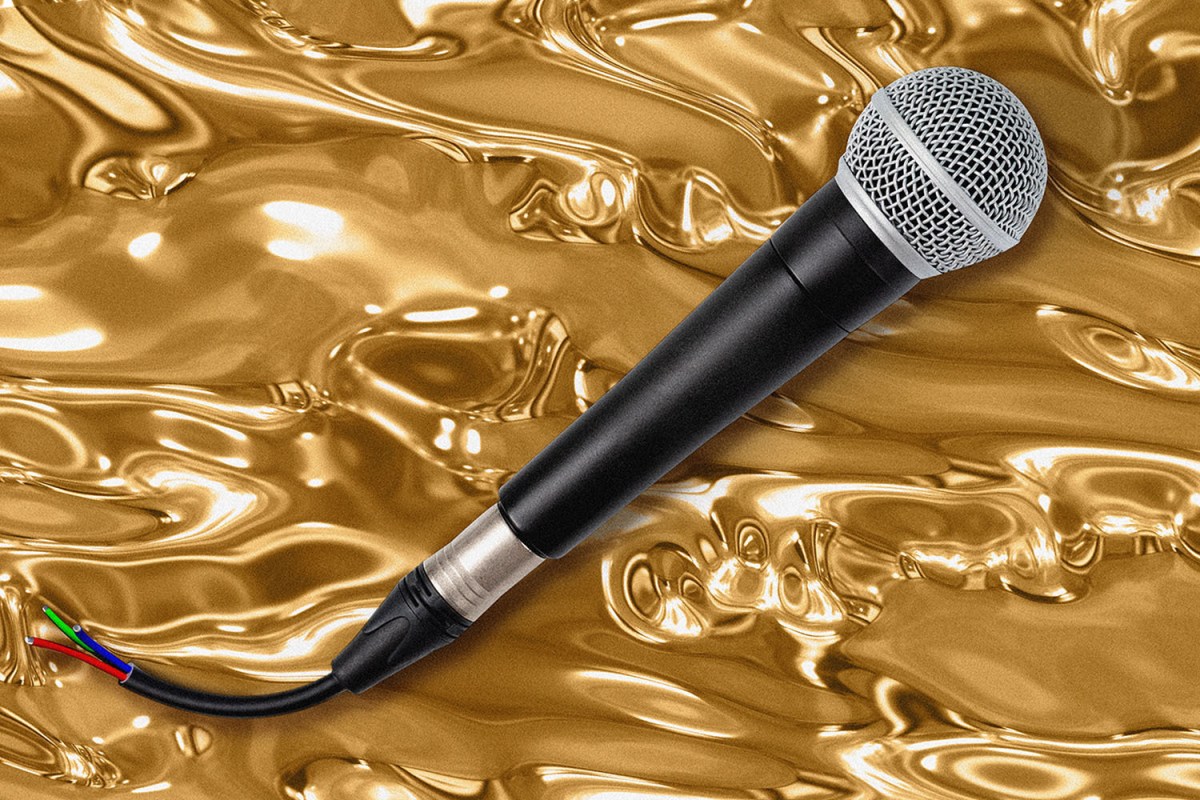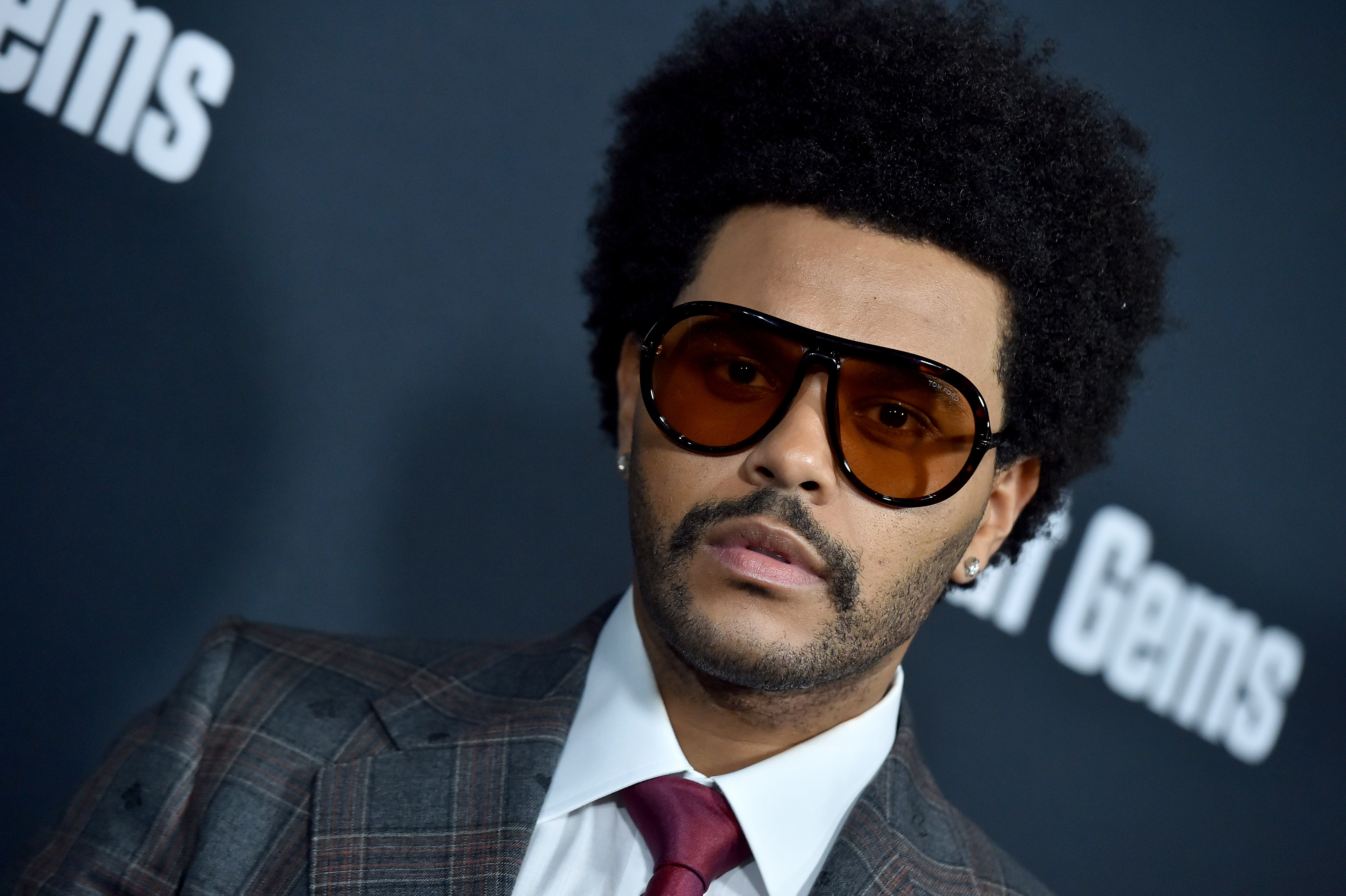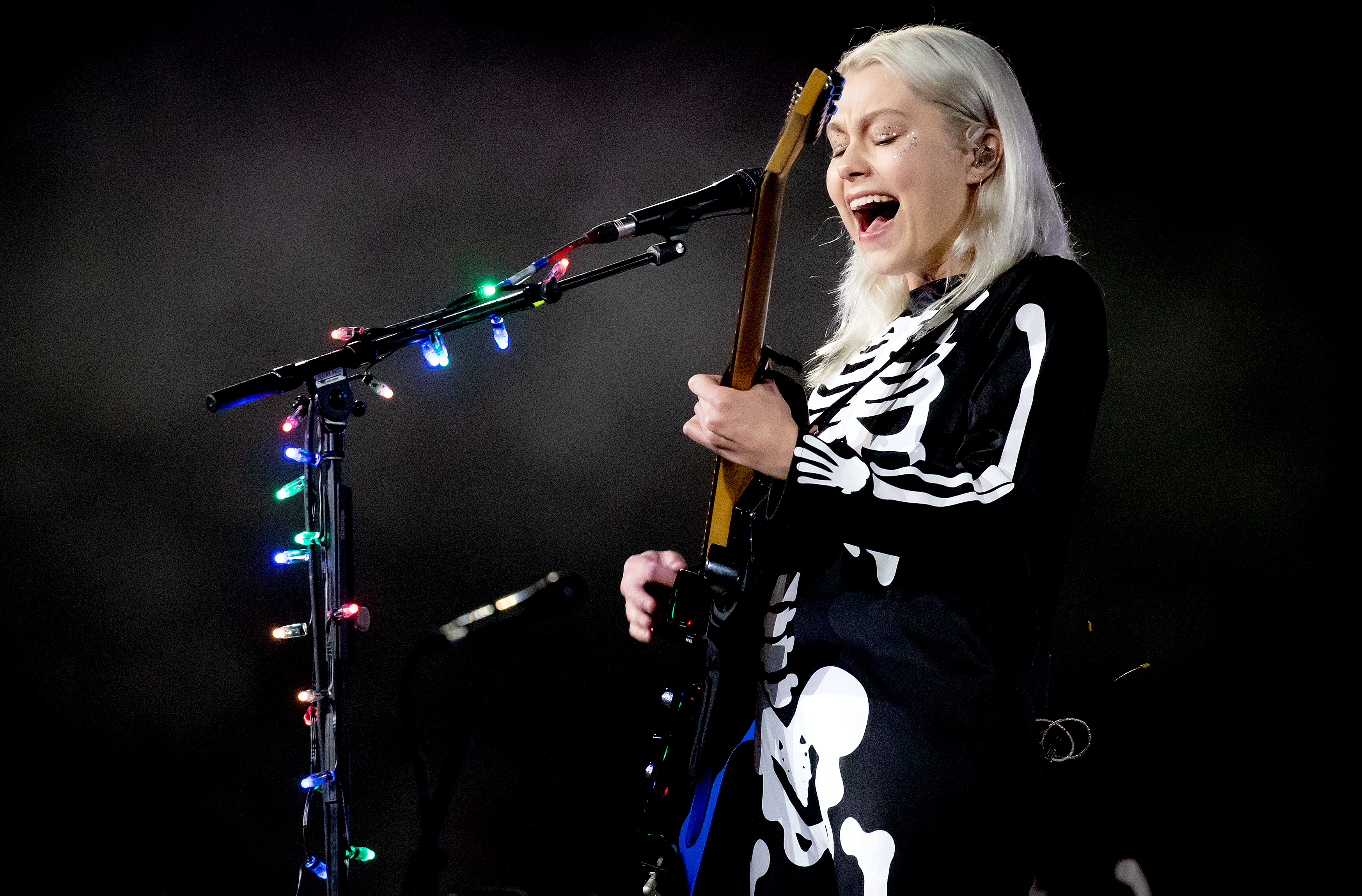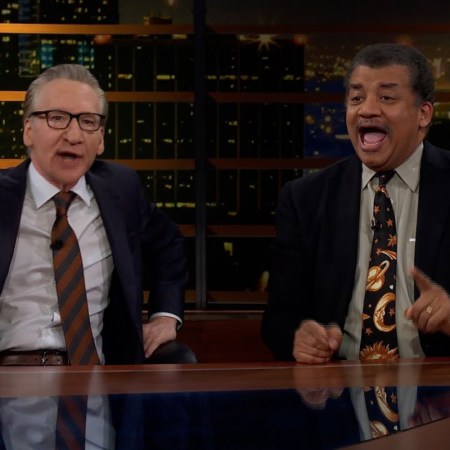Fans of independent music have considered the Grammys to be irrelevant for decades now, and last year’s scandal certainly didn’t give anyone reason to trust the Recording Academy. After some high-profile snubs this year, many in the mainstream pop world — like One Direction’s Zayn Malik and The Weeknd, who announced Thursday that he will boycott the Grammys moving forward — have also taken to speaking out about the validity of music’s biggest award show. Add to all of that the fact that we’re still in the middle of a pandemic, and on paper at least, it would seem as though we’re all in agreement that there’s no reason to watch this year’s ceremony.
However, the ongoing pandemic has actually forced producers to shake things up and get creative with this year’s performances, and the solution they’ve come up with sounds compelling at the very least. Some performances will be live, and some will be prerecorded due to the fact that a fully live show would require too many crew members to be in close contact with each other moving set pieces. Because there will be no audience, they’ve opted to use five stages — four for performances, one for presenters — of the same shape and size arranged into a circle, with the crew members working from the middle of the circle. When they’re not performing, artists will watch each other from neighboring stages, similar to the way they might on a show like Later With Jools Holland.
“People will perform while the other three or four artists on their stages watch, applaud and enjoy. As soon as that one finishes, the next one goes, the next one goes, and the next one goes. Every 45 minutes, you change out those stages, and you bring another four megastars into the room,” showrunner Ben Winston recently told Rolling Stone, describing the set-up as “part-Grammys, part-Abbey Road studio session” and calling it a “bespoke night of music that I don’t know if we’ll ever be able to repeat.”
For a show that’s notorious for massive spectacle and intricate performances involving high concepts, elaborate sets and costumes and plenty of dancers, it’s a huge departure. And it could be exactly what the Grammys need to inject a little life into their tired formula. Having five smaller stages instead of one big one and opting for more of a studio session vibe might encourage pop and hip-hop artists who don’t normally do stripped-back performances to get out of their comfort zones and offer something unique. While artists in the past have been seated in the audience watching the ceremony, this year’s set-up will make it easier to watch them react to their fellow musicians’ performances, as they’ll be just a few feet away on their own stage where the camera can pick them up for more than a quick cutaway.
The studio session concept also smartly deviates from the off-putting way other pandemic-era award shows have tried to cope with the lack of audience and other COVID-19 restrictions. Presumably, there will be no eerie, piped-in crowd noise like there was during last year’s VMAs. (Is there anything more dystopian-feeling than watching the Black Eyed Peas perform to fake cheers in an empty Barclays Center?) There’s no use pretending things are normal this year, and attempting to do so only highlights just how not-normal they actually are. Why not embrace the fact that this year’s ceremony will be a strange outlier and take a few risks?
There is, of course, no telling how effectively the Grammys will execute their vision — no matter how promising it sounds — and it’s still entirely possible they’ll find a way to screw it up. But it’s refreshing to see the award show, which has bogged down by drama and irrelevancy for so long, finally try something new. Who knows? Maybe it’ll actually be good enough to make us care about them again.
This article was featured in the InsideHook newsletter. Sign up now.























